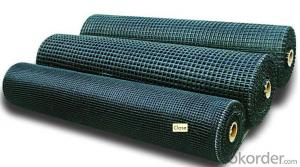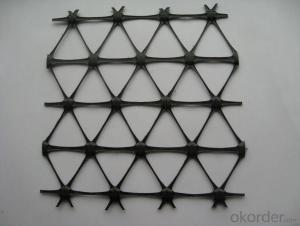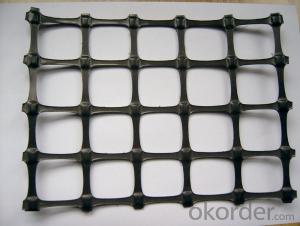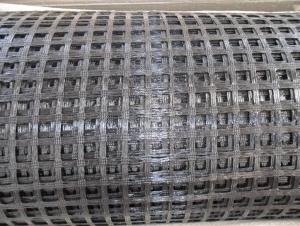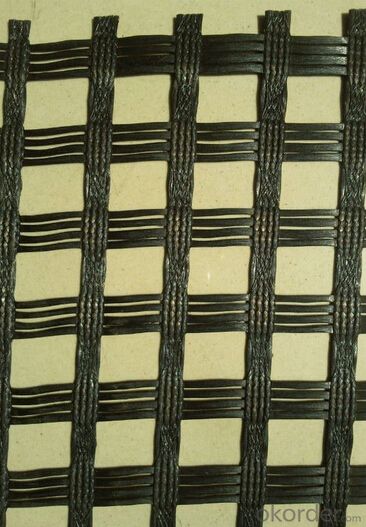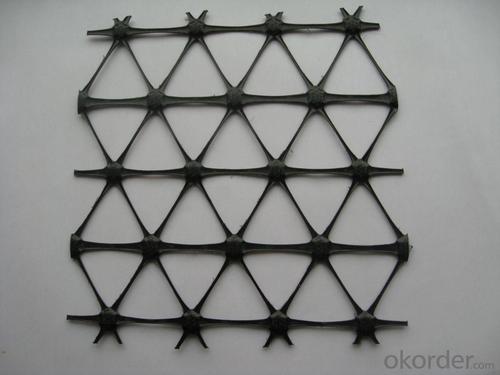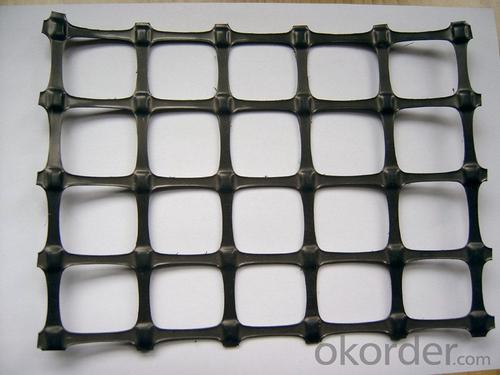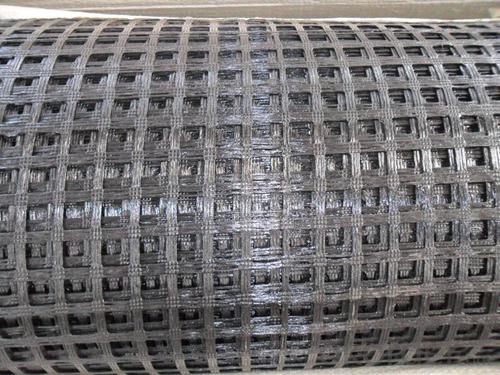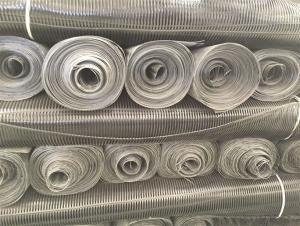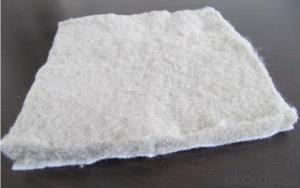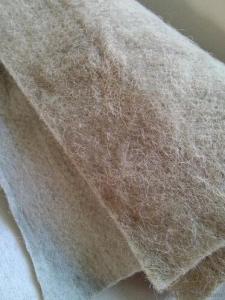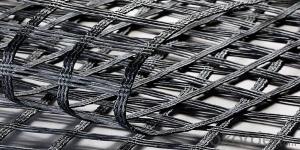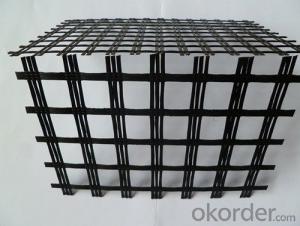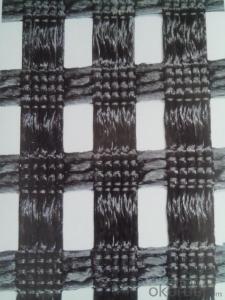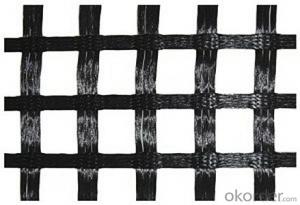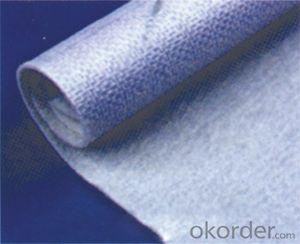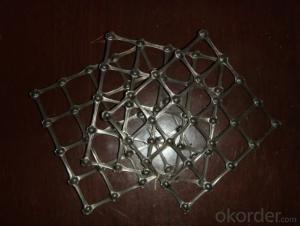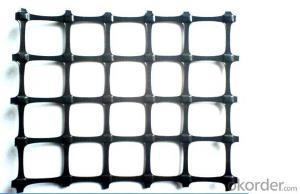Geogrids Philippines Fiberglass Geogrid Woven with Geotextile
- Loading Port:
- Qingdao
- Payment Terms:
- TT OR LC
- Min Order Qty:
- 50000 m²
- Supply Capability:
- 2000000 m²/month
OKorder Service Pledge
OKorder Financial Service
You Might Also Like
Fiberglass Geogrid Woven with Geotexitle
Description Of Fiberglass Geogrid Woven with Geotexitle:
1. A kind of planar mesh material using alkali-free fiberglass yarn as base body and
then coated with high quality modified asphalt.
2. Warp knitted with oriental structure which gives full play of yarn strength and improves its mechanical property to make the product high tensile, tearing and creep-resistant.
3. Coated with asphalt making full protection of the fiberglass matrix and greatly
improving its wear and shear resistance.
4. Having a good performance in pavement strengthening, track cracking and solving
difficulties of strengthening the bituminous pavement.
Main Features of Fiberglass Geogrid Woven with Geotexitle:
1. Light weight, high tensile strength, high modulus, low elongation and good toughness.
2. Corrosion resistance, no long-term creep, long life span.
3. Good physical and chemical stability and good thermal stability.
4. Resistant to fatigue cracking, high-temperature track and low temperature shrinkage cracking.
5. Delaying and decreasing crack reflection.
Specifications of Fiberglass Geogrid Woven with Geotexitle:
Tensile Strength (KN) | Warp | >30 | >50 | >60 | >80 | >100 | >120 | >150 | >200 |
Weft | >30 | >50 | >60 | >80 | >100 | >120 | >150 | >120 | |
Elongation(%) | <4< p=""> | <4< p=""> | <4< p=""> | <4< p=""> | <4< p=""> | <4< p=""> | <4< p=""> | <4< p=""> | |
Mesh Size(mm) | 25.4*25.4 | 25.4*25.4 | 25.4*25.4 | 25.4*25.4 | 25.4*25.4 | 25.4*25.4 | 25.4*25.4 | 25.4*25.4 | |
Elastic Modulus | 76 | 76 | 76 | 76 | 76 | 76 | 76 | 76 | |
Width(m) | 1~6 | 1~6 | 1~6 | 1~6 | 1~6 | 1~6 | 1~6 | 1~6 | |
Length(m) | 50~300 | 50~300 | 50~300 | 50~300 | 50~300 | 50~300 | 50~300 | 50~300 | |
Temperature Resistant(℃) | -100~280 | -100~280 | -100~280 | -100~280 | -100~280 | -100~280 | -100~280 | -100~280 | |
Resin Content (%) | 18~20 | 18~20 | 18~20 | 18~20 | 18~20 | 18~20 | 18~20 | 18~20 | |
Glue Type | Bitumen PVC SBR soakage | Bitumen PVC SBR soakage | Bitumen PVC SBR soakage | Bitumen PVC SBR soakage | Bitumen PVC SBR soakage | Bitumen PVC SBR soakage | Bitumen PVC SBR soakage | Bitumen PVC SBR soakage | |
Applications of Fiberglass Geogrid Woven with Geotexitle:
1. Maintenance of old asphalt road reinforcement of asphalt pavement.
2. Converting old cement concrete road into composite road.
3. Restraining reflection cracking caused by block shrinkage.
4. Preventing and controlling the cracking caused by new and old combination and uneven settlement.
5. Road extension.
6. Reinforcement of soft soil foundation and overall strength of roadbed.
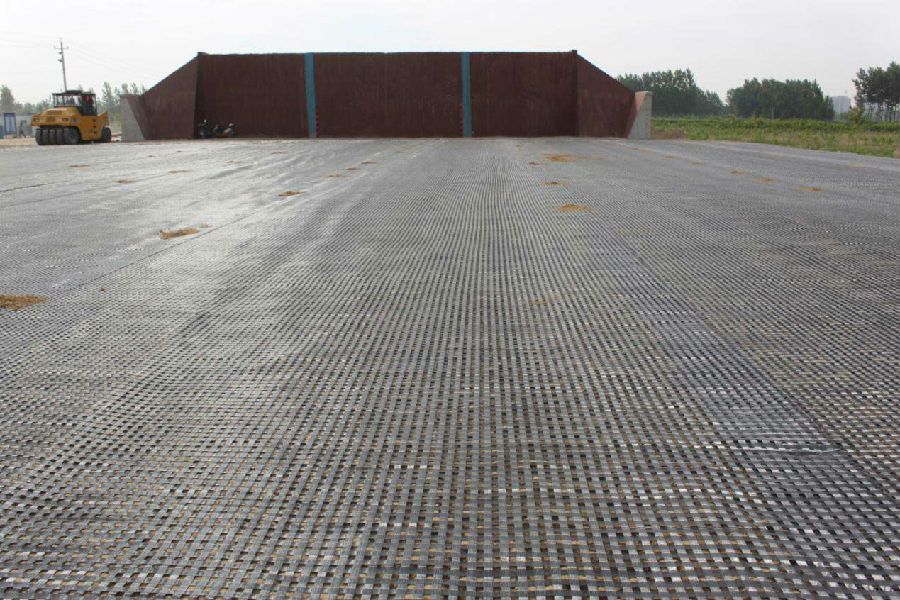
IMages of Fiberglass Geogrid Woven with Geotexitle:
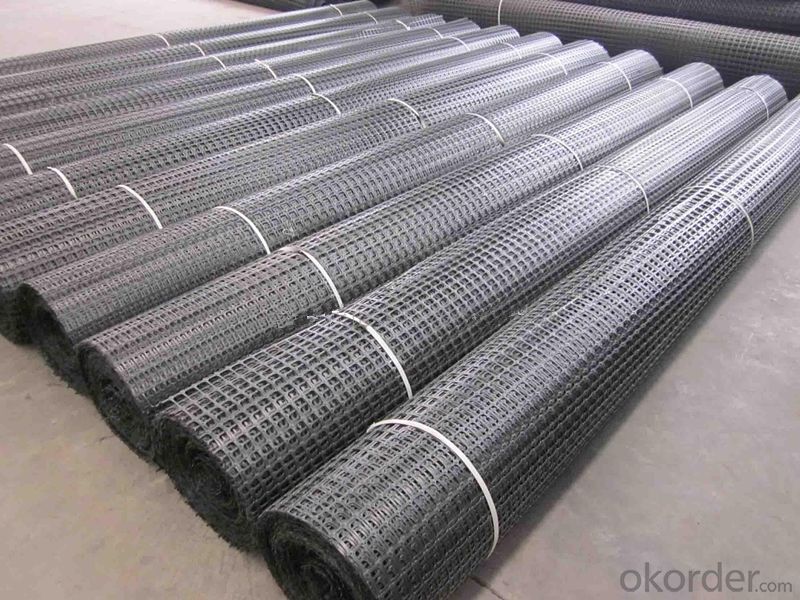
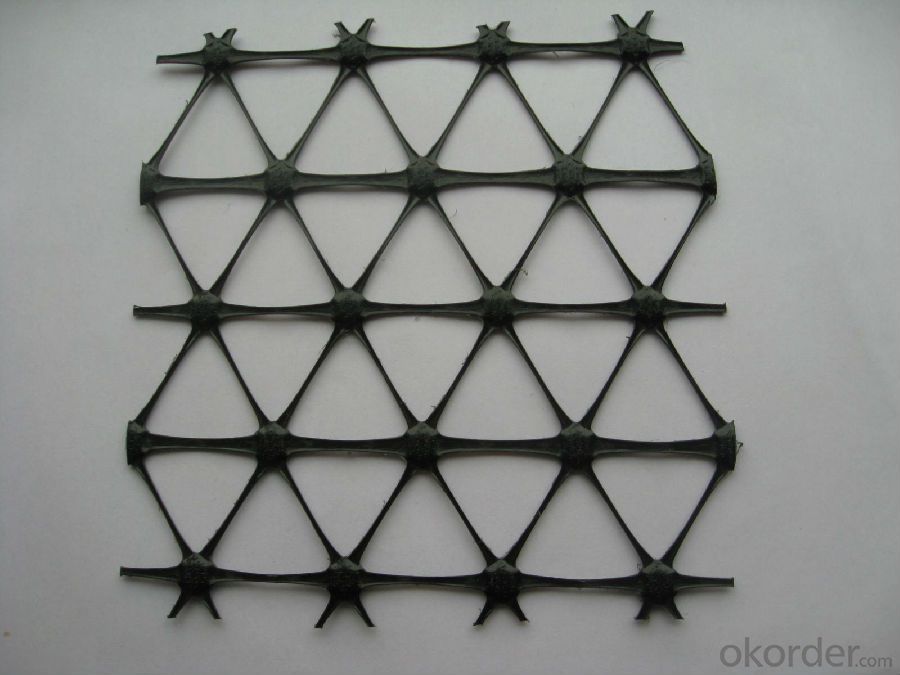


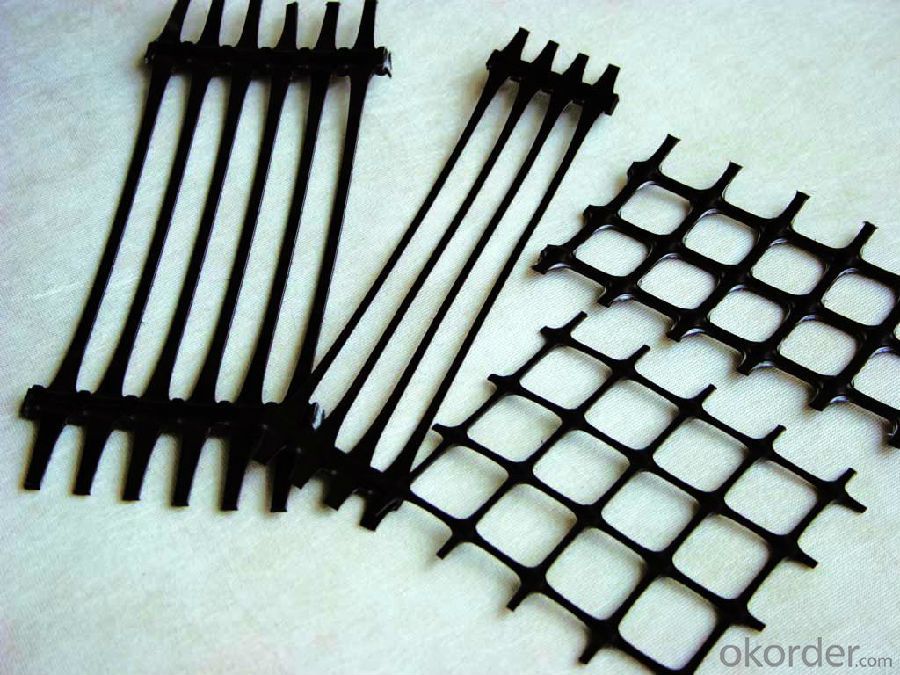
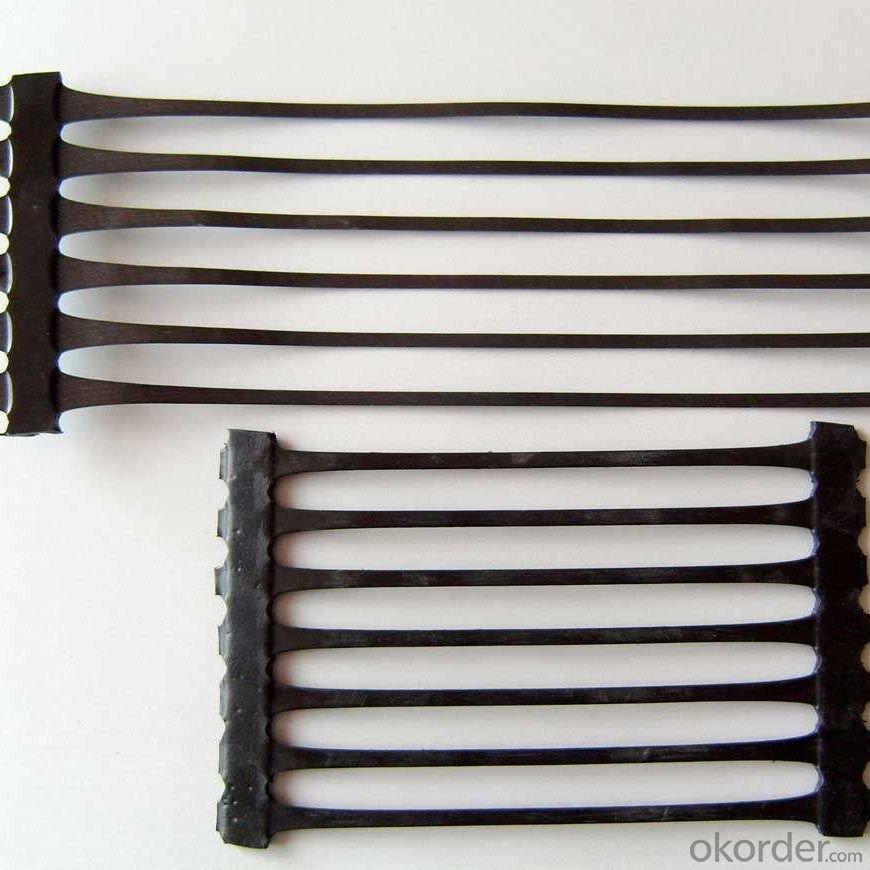
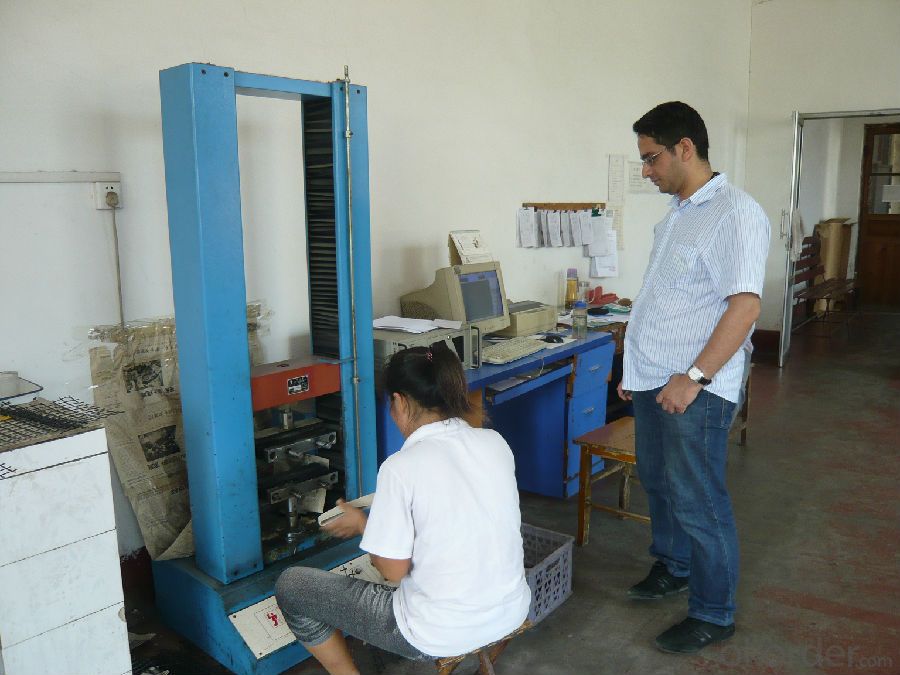
FAQ of Fiberglass Geogrid Woven with Geotexitle:
1. What are we supplying?
We are specialized in producing Geosynthetic materials, like Geogrid Series, HDPE Geocell, Geonet, Geotextile, Geomat, Tri Denmensional Composite Grainage Geonet, and Geomembrane Series.
.
2. How Many years experience do we have?
We have been exported to more than 20 countries in the past 15 years.
3. How long do we usually reply your request?
We always reply our customer within 24 hours.
- Q: What are the two levels of widening of the geogrid in the asphalt concrete road?
- If it is not clear, you can ask me
- Q: Can geogrids be used in reinforcement of dams and levees?
- Yes, geogrids can be used in the reinforcement of dams and levees. Geogrids are commonly used in civil engineering projects to enhance the stability and strength of soil structures. When applied in dams and levees, geogrids help to distribute loads, prevent soil erosion, and increase overall stability, thereby improving the structural integrity of these crucial water management systems.
- Q: Can geogrids be used in underground mining operations?
- Yes, geogrids can be used in underground mining operations. They are a type of geosynthetic material that can provide reinforcement and stabilization to the ground, helping to prevent soil erosion, improve load-bearing capacity, and enhance overall safety in mining tunnels and excavations.
- Q: What is the recommended geogrid aperture shape for specific applications?
- The recommended geogrid aperture shape for specific applications depends on various factors such as soil type, load requirements, and installation method. Generally, square or rectangular aperture shapes are preferred for applications involving stabilization and reinforcement of soils, while triangular or diamond-shaped apertures are more suitable for applications requiring high tensile strength and flexibility. It is crucial to consult geosynthetic experts or manufacturers to determine the most appropriate geogrid aperture shape for a specific project.
- Q: Can geogrids be used in reinforcement of mechanically stabilized earth bridge abutments on collapsible soils?
- Yes, geogrids can be used in the reinforcement of mechanically stabilized earth bridge abutments on collapsible soils. Geogrids are commonly used in such applications to enhance the stability and load-bearing capacity of the soil, preventing lateral movement and potential collapse. The geogrids provide additional tensile strength and distribute the loads more efficiently, ensuring the long-term stability and durability of the bridge abutments on collapsible soils.
- Q: Do geogrids enhance the load-bearing capacity of soil?
- Yes, geogrids enhance the load-bearing capacity of soil. Geogrids are typically made of high-strength materials and are designed to improve soil stability and reinforce weak or loose soils. They distribute the applied load over a wider area, reducing stress concentration and preventing soil deformation or failure. This reinforcement helps increase the load-bearing capacity of the soil, making it more suitable for various construction and engineering applications.
- Q: Do geogrids provide reinforcement to geosynthetic asphalt liners in reservoirs?
- No, geogrids do not provide reinforcement to geosynthetic asphalt liners in reservoirs.
- Q: Are geogrids suitable for stabilizing soft soils?
- Yes, geogrids are suitable for stabilizing soft soils. They are commonly used in geotechnical engineering to enhance the stability and strength of weak or unstable soils. Geogrids provide reinforcement by distributing loads and restricting lateral movement, thereby improving the overall stability of the soil.
- Q: What way to quickly cut the geogrid
- Uniaxial tensile geogrid1, is a kind of polymer as the main raw material, adding anti UV, anti aging agent must, after the original tensile distribution chain shaped molecules scattered re aligned linear, pressure into a sheet by extrusion and punching network rules, high strength geosynthetics and longitudinal stretch into the. In this process, the polymer is in a directional linear state and a long elliptical structure with uniform distribution and high node strength is formed. This structure has very high tensile strength and tensile modulus, tensile strength reached 100-200Mpa, close to the level of low carbon steel, much better than the conventional or existing reinforced materials, especially in the company of such products is more than the international level of the early high (elongation at 2% - 5%) tensile strength and tensile modulus. A chain system that provides an ideal force for the soil to bear and spread. The tensile strength of the product (>150Mpa), to adapt to a variety of soil, is widely used in the reinforcement material. Unidirectional geogrid use:
- Q: Can geogrids be used in reinforcement of soil-bentonite mixtures?
- Yes, geogrids can be used in the reinforcement of soil-bentonite mixtures. Geogrids are commonly used in geotechnical engineering to enhance the stability and strength of soil structures. When placed within soil-bentonite mixtures, geogrids can provide additional tensile strength and improve the overall performance of the reinforced material.
Send your message to us
Geogrids Philippines Fiberglass Geogrid Woven with Geotextile
- Loading Port:
- Qingdao
- Payment Terms:
- TT OR LC
- Min Order Qty:
- 50000 m²
- Supply Capability:
- 2000000 m²/month
OKorder Service Pledge
OKorder Financial Service
Similar products
Hot products
Hot Searches
Related keywords
